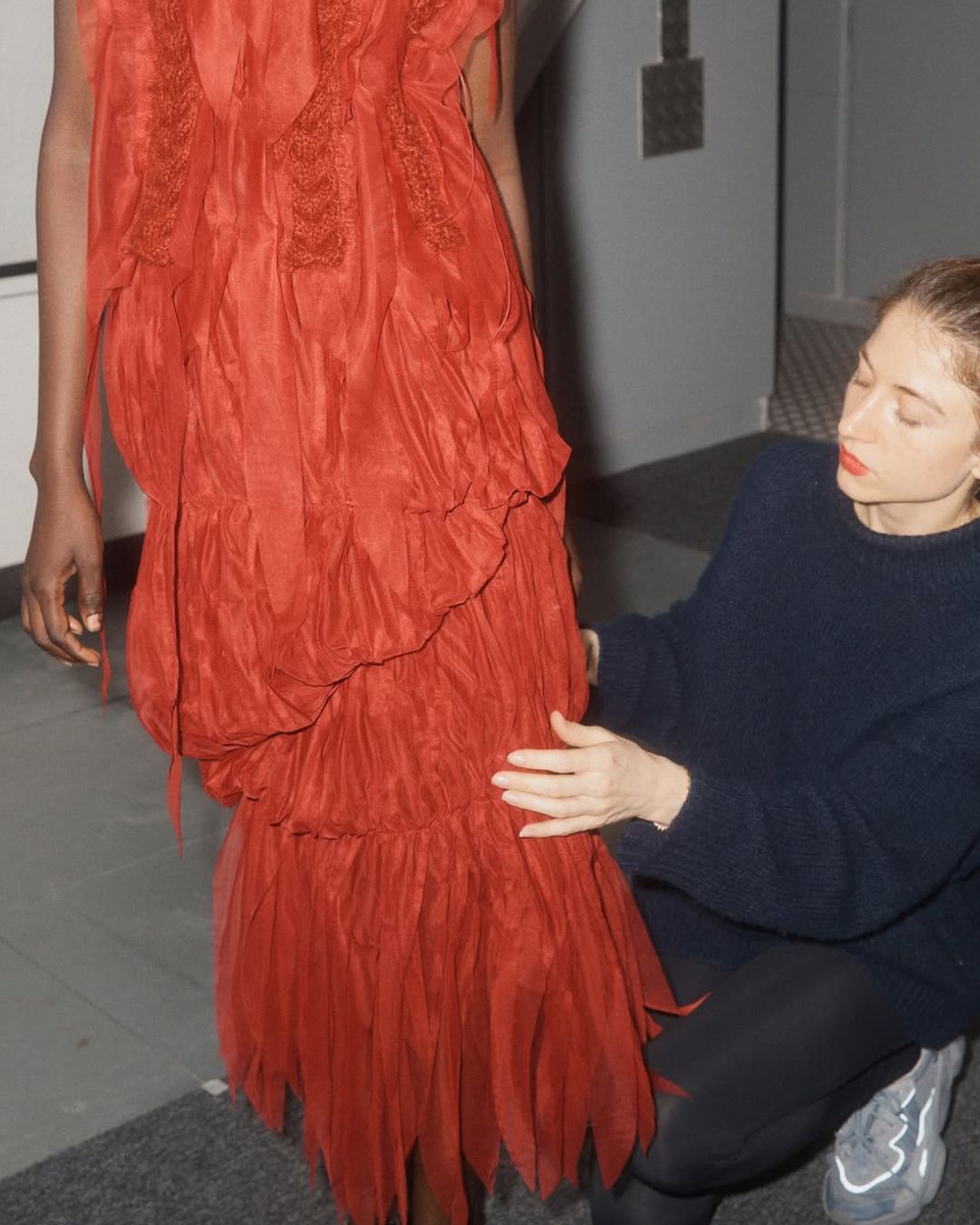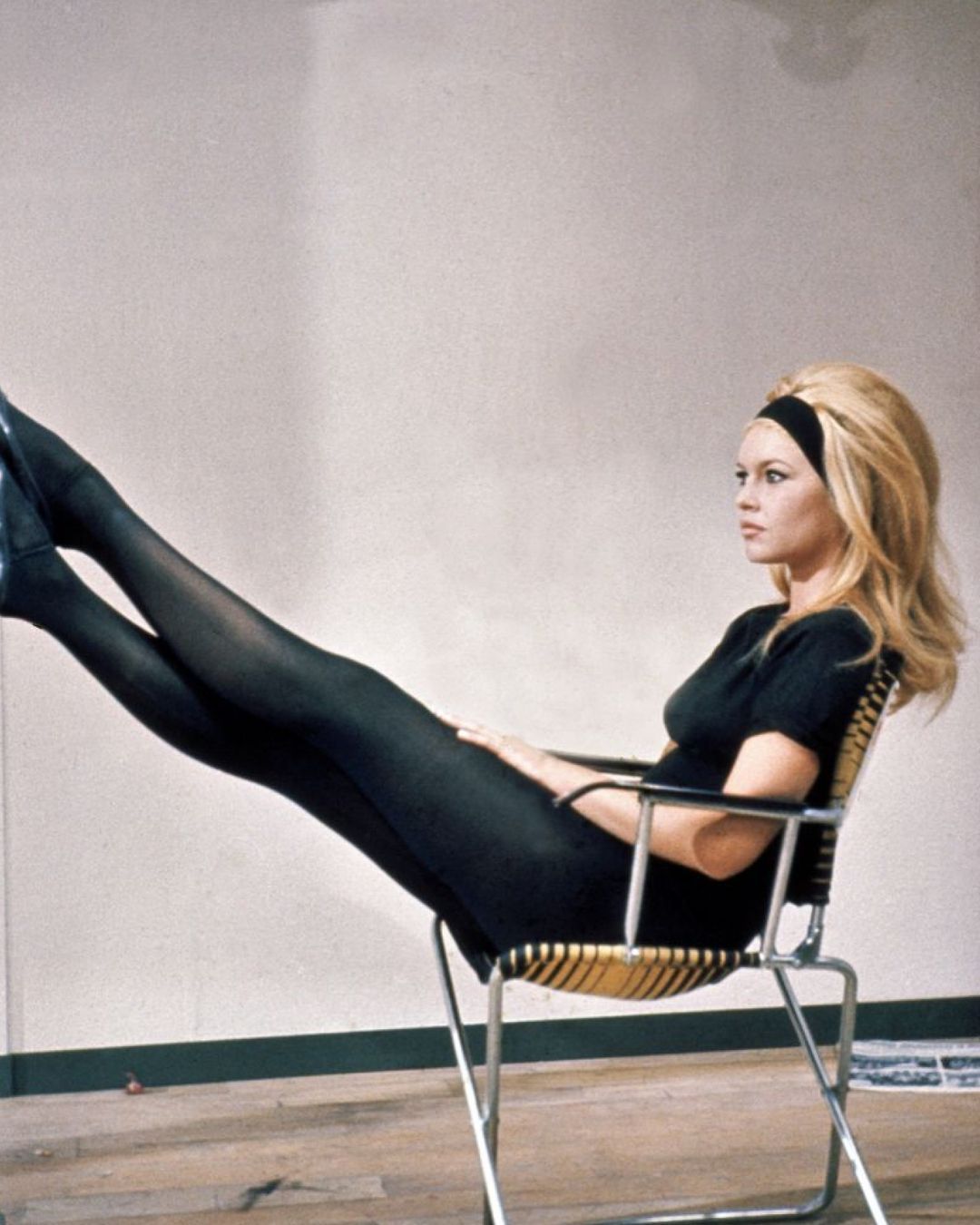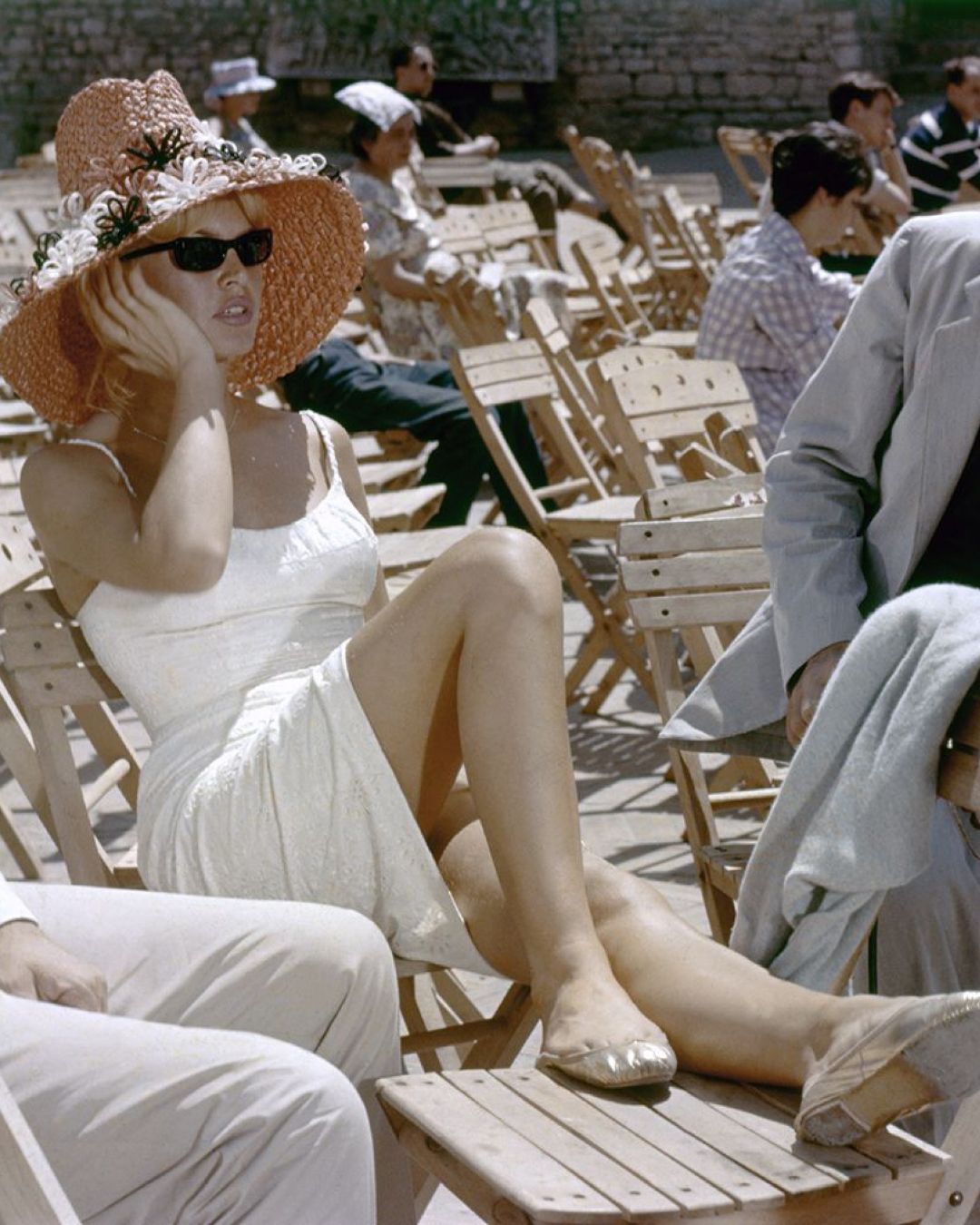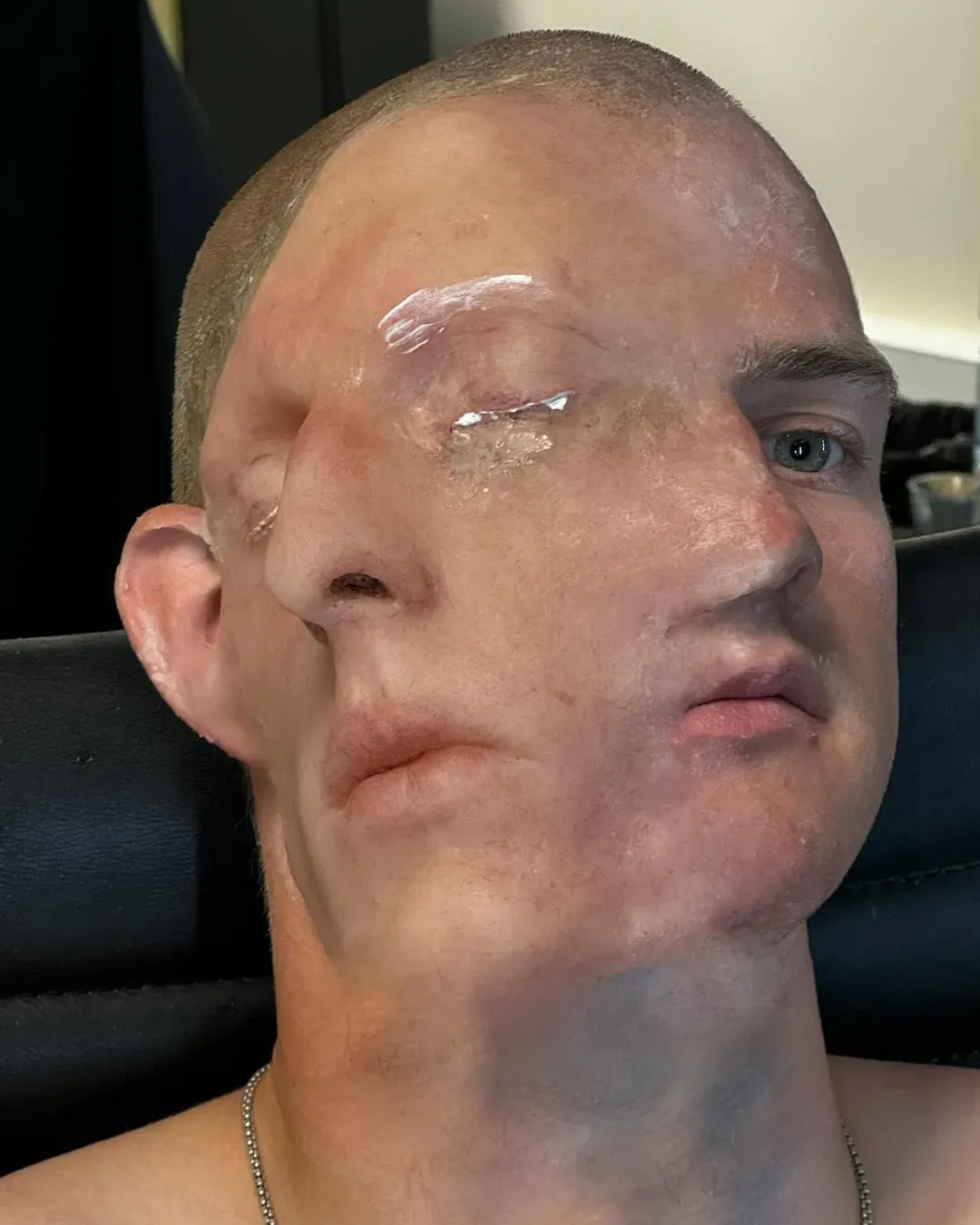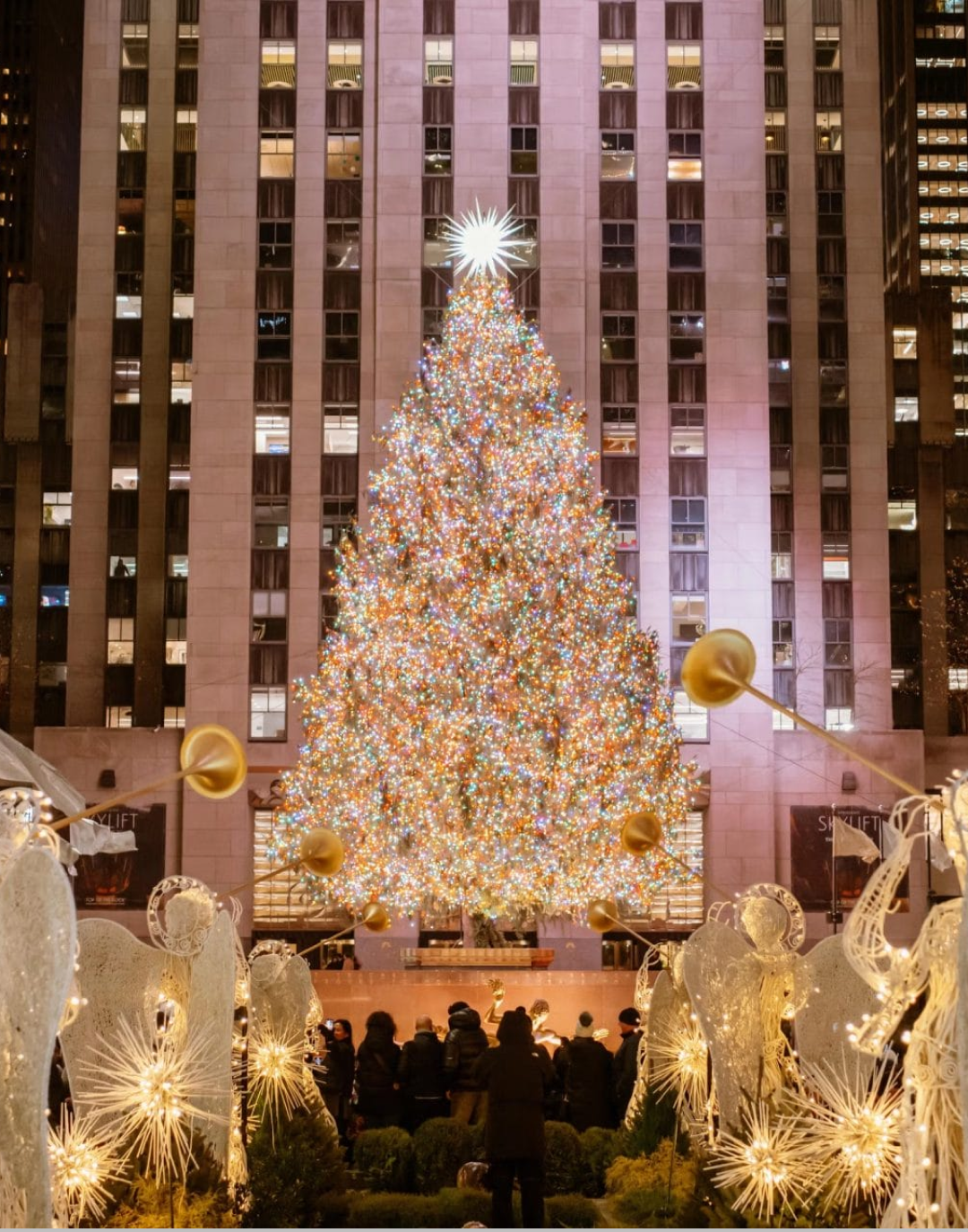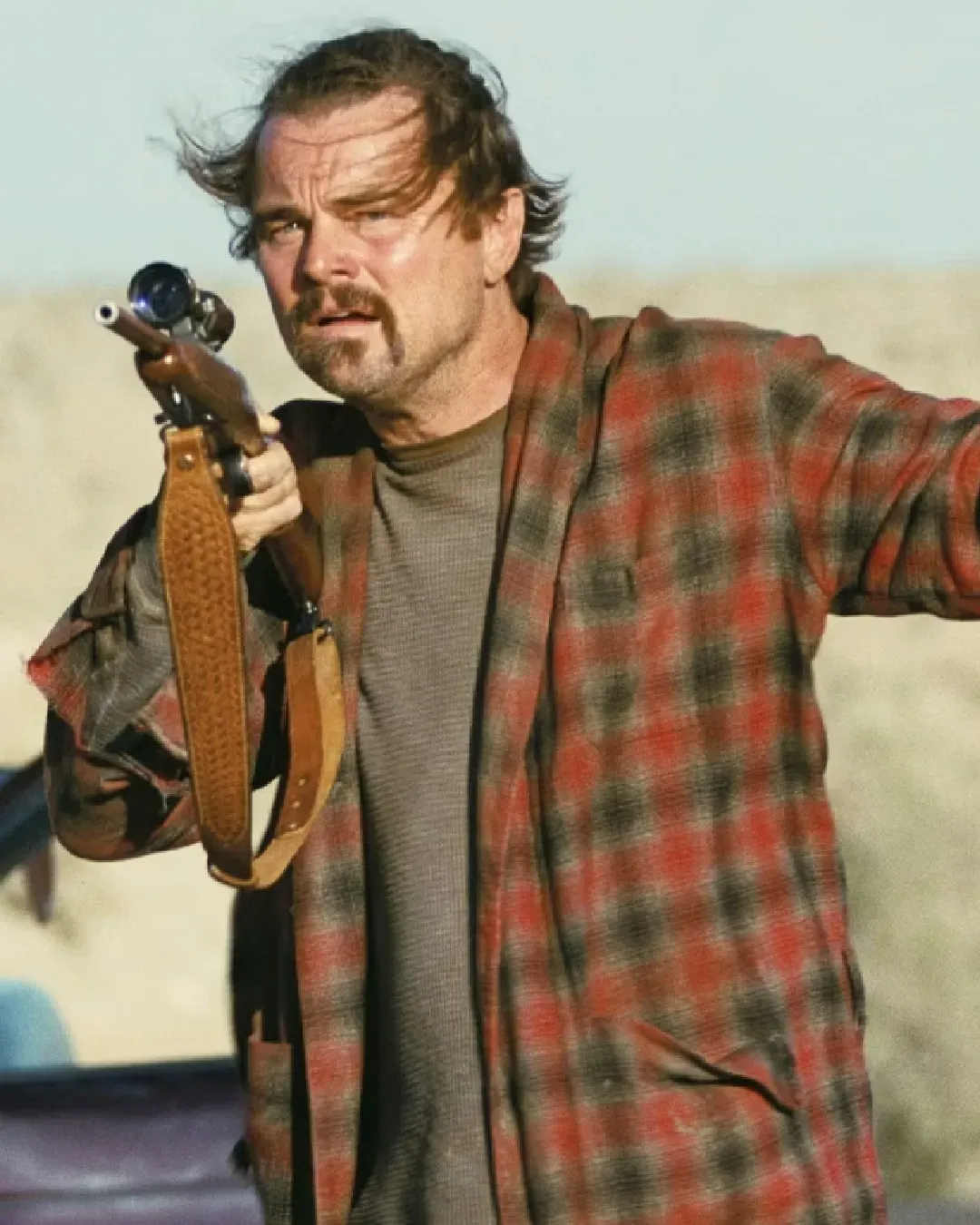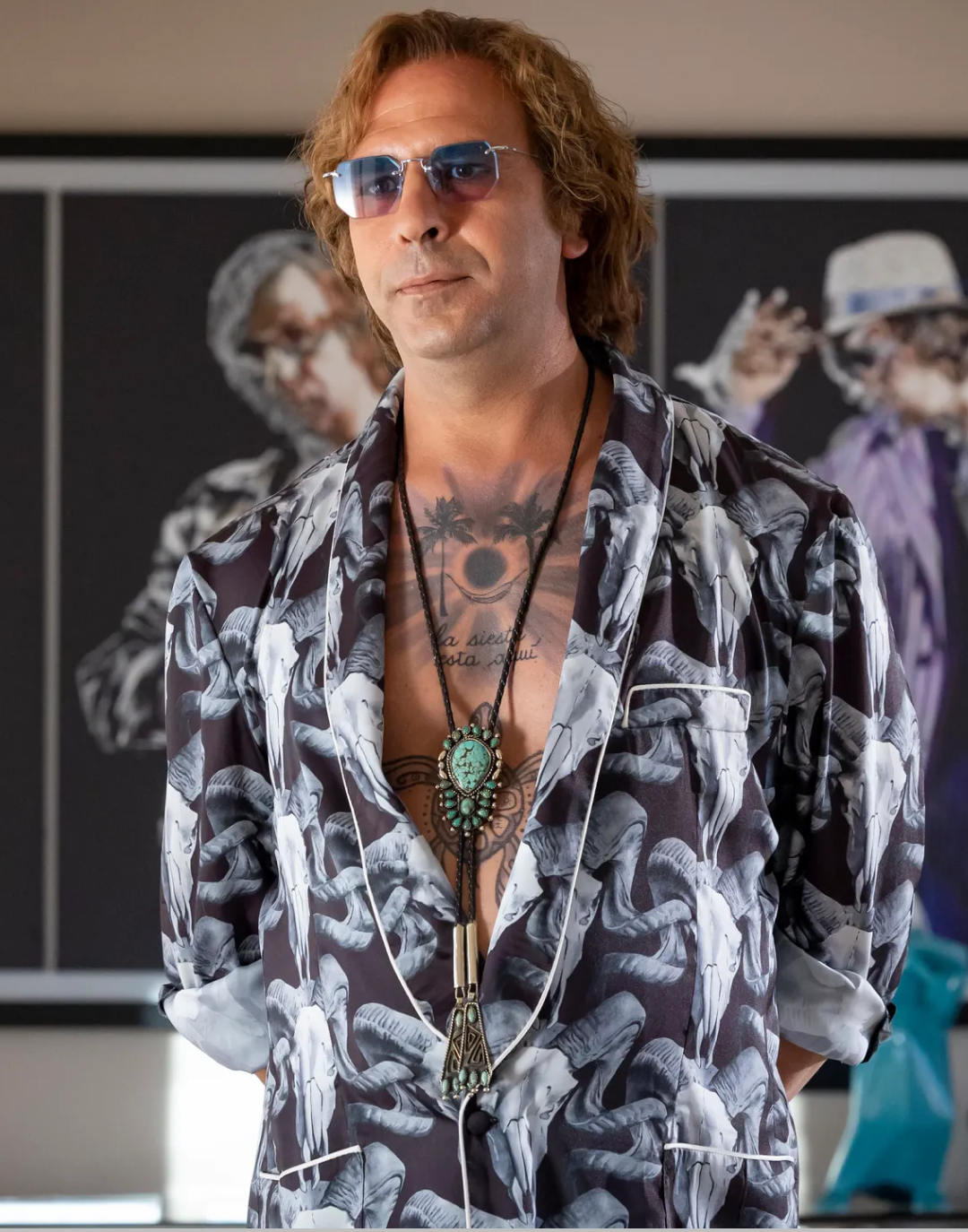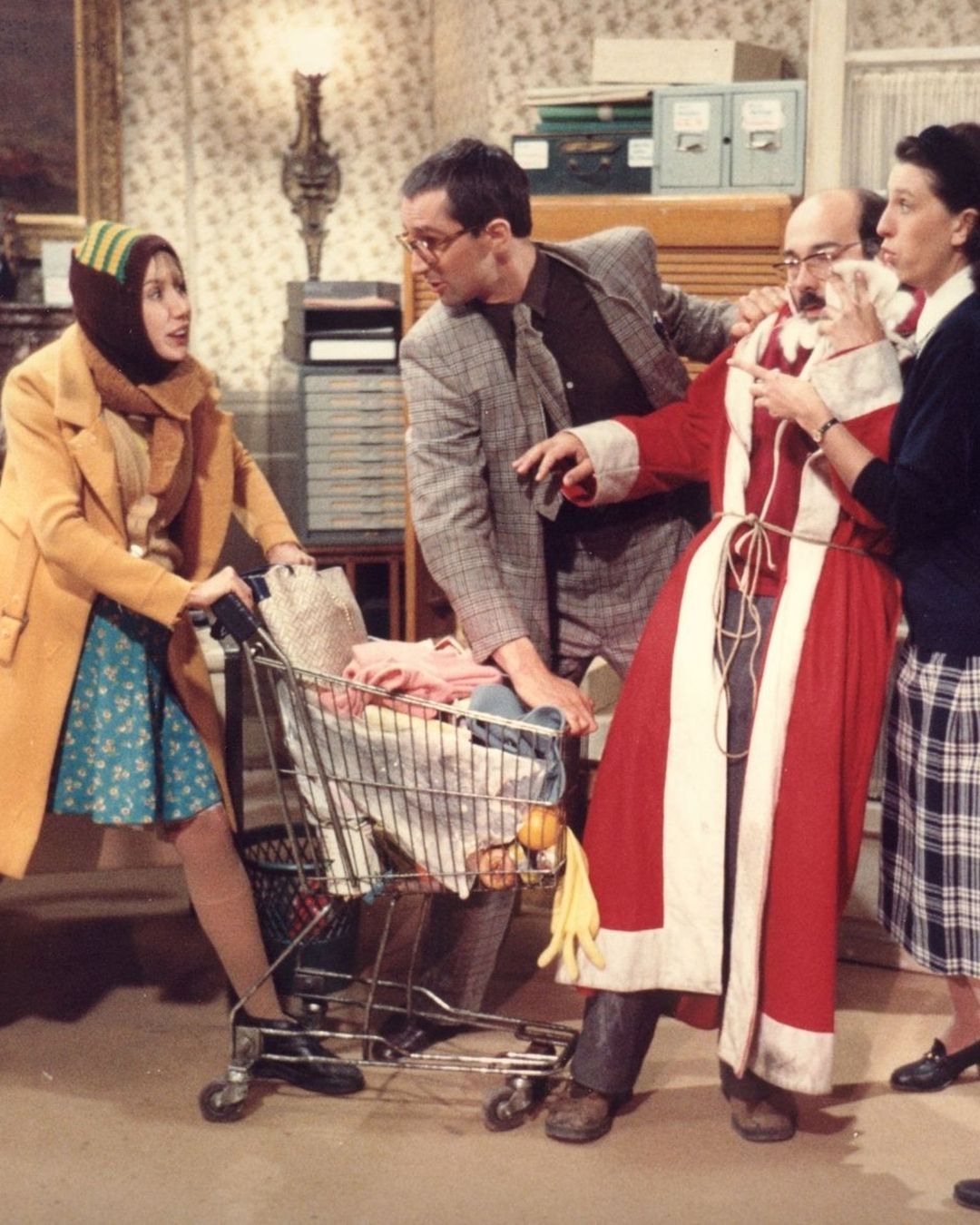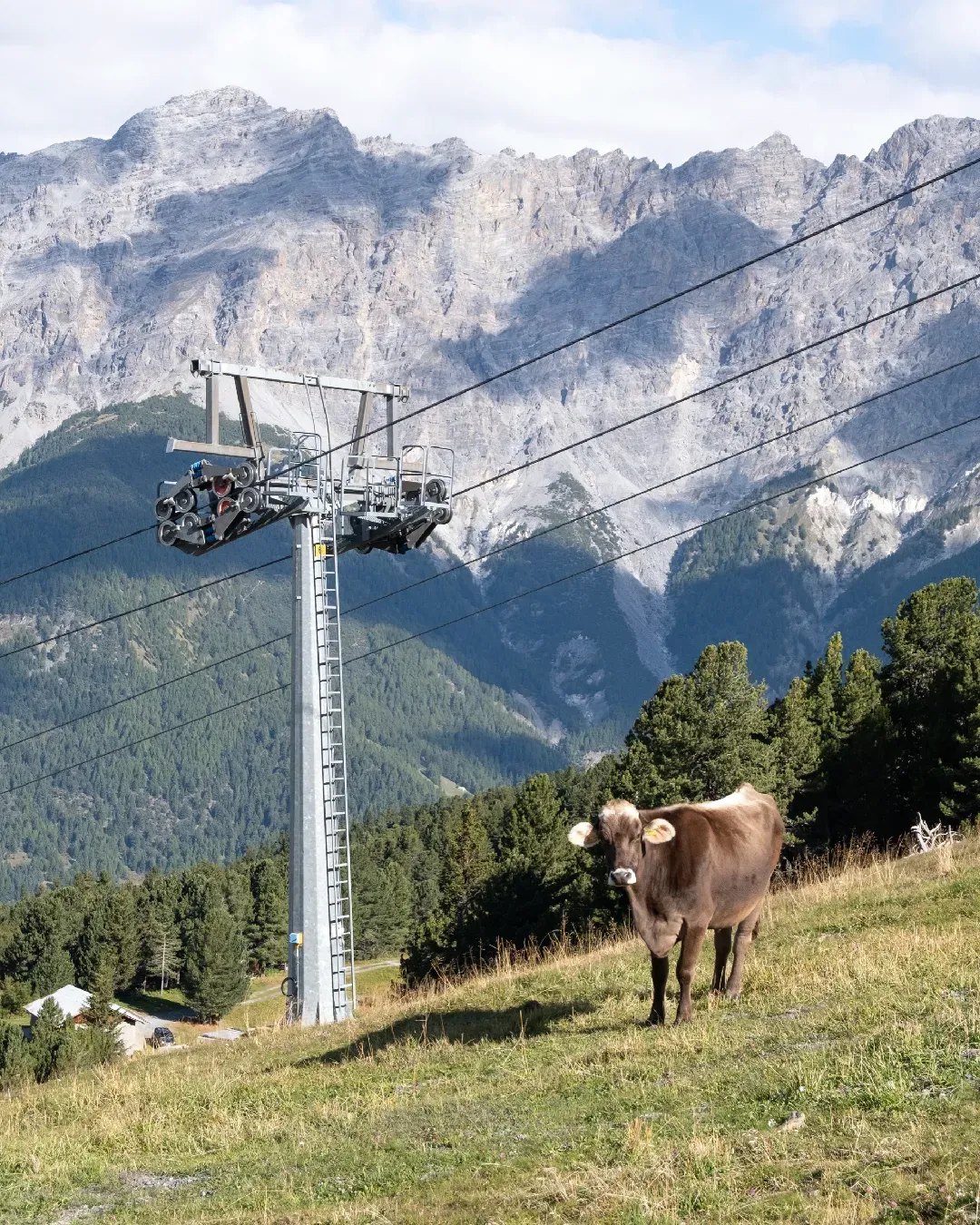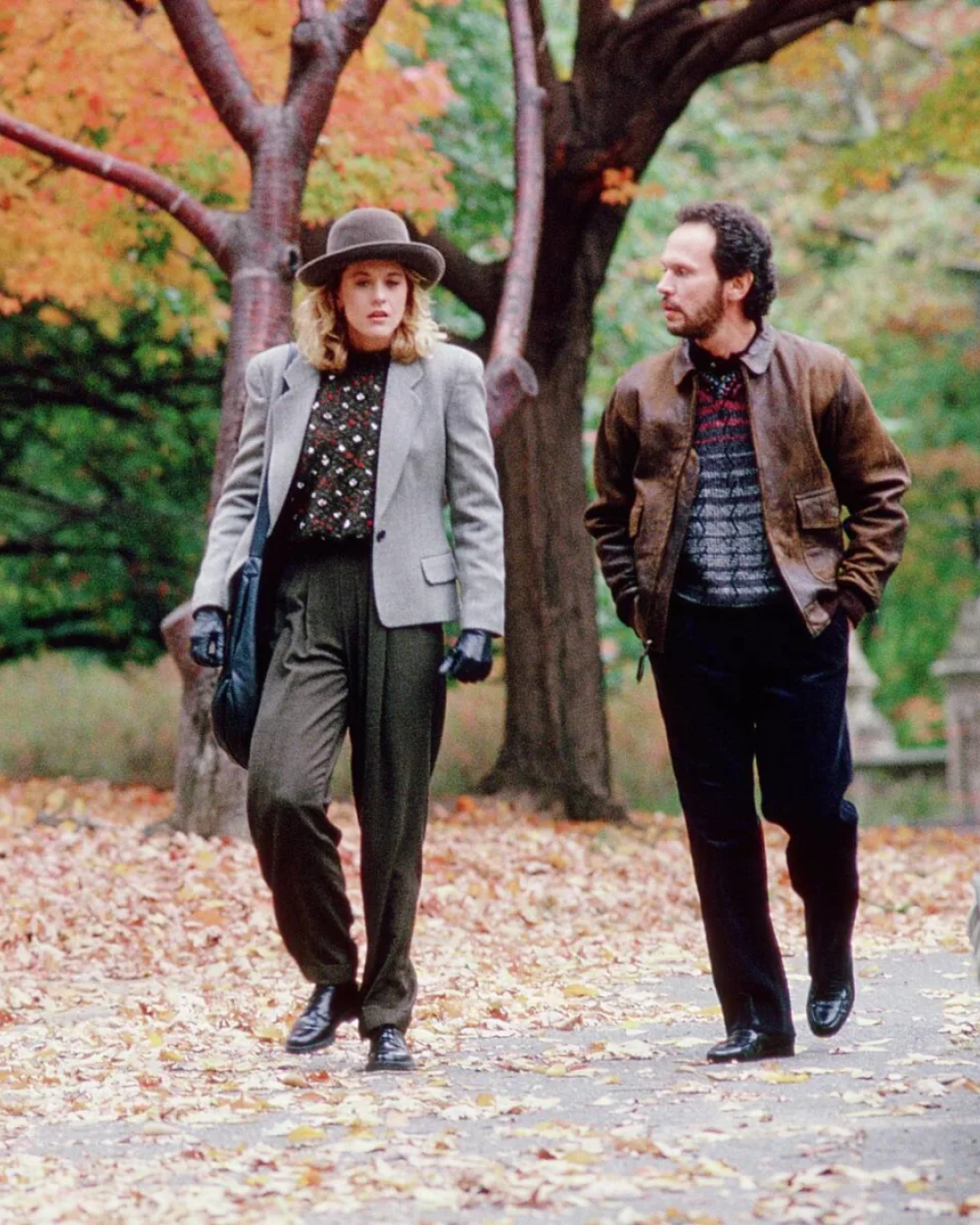
Public parks are the biggest tellers of our society They tell more about a city than any museum
Shelter, gym, urban theatre, meeting, or solitude space. Public parks have, over time, become silent barometers of social well-being and an exemplary third place. A well-mowed lawn, intact benches, and safe playgrounds can suggest a cohesive community and a local administration attentive to citizens' well-being. Conversely, the presence of litter, non-artistic graffiti, broken fences, or poor night lighting are unequivocal signs of public disinvestment and, at times, of a fraying social fabric where the sense of belonging and care for the commons has weakened. In an era marked by climate crisis, isolation, and new forms of poverty, the park is no longer a bonus but a necessity. Its upkeep, or its neglect, reflects the quality of institutions, urban planning, and community life. According to the World Health Organization, access to green spaces significantly improves citizens' mental health, reduces stress levels, and lowers mortality rates linked to cardiovascular diseases. The "Urban Green Spaces and Health" (WHO, 2016) report indicates that at least 9 square meters of green space per inhabitant is needed to ensure physical and psychological well-being, but many Italian cities fall short of this minimum threshold. Milan averages 18 m² of green space per resident, but the distribution is not equal: central districts have plenty, while peripheral areas suffer from neglected and inadequate spaces. This disparity is not coincidental, but the result of past urban planning choices, economic dynamics that concentrate investments and services in high-value areas, and at times, a lower political voice from more vulnerable communities. The result is a vicious cycle: less green means fewer well-being opportunities, less social cohesion, and, as a consequence, neighborhoods are more vulnerable to decay.
@sentimentallia they can never make hate you dc #theodorerooseveltisland #greenspaces #thirdplaces #walkablecities #dctok #mdw Let time pass - Melia
The park is never neutral. In privileged areas, it becomes perfectly maintained, with designer furniture, Wi-Fi, yoga spaces; elsewhere, it can turn into a non-place: fenced off, service-less, left to decay. Where benches are broken and playgrounds vandalized, it reveals a city that no longer wants to care for those with less. Accessibility is also a political parameter—if parks are designed without considering disabled people, the elderly, or children, they reflect a city built only for some. Equal access to quality green spaces is not just an aesthetic or convenience issue, but a cornerstone of social and environmental justice. The risk is that green becomes exclusive, aesthetic, and designed more for social media than for real use. However marginal it may seem, gentrification also passes through parks: in the United States, this phenomenon has been observed in New York, where the High Line transformed a former elevated railway into one of the city's coolest parks, but also economically pushed out entire surrounding areas. When a green space is redeveloped or created from scratch, it attracts new residents with greater purchasing power, real estate investments, and 'trendy' businesses. This leads to increased property values and rents, making the neighborhood unaffordable for families who have lived there for generations. The power of green areas thus becomes a catalyst for exclusion, stripping neighborhoods of their original social identity. To counteract “green gentrification”, urban planning must include protections for existing residents, such as social housing policies, controlled rent programs, and community co-investment initiatives. Parks should be designed with and for the local community, not only to attract new capital.
And yet, a park can be so much more. A cultural hub, an educational center, a place for civic engagement—projects around the world show that a park can become a driver of coexistence, identity, and creativity. Like Superkilen in Copenhagen, where the park has become a living manifesto of cultural diversity, featuring international design installations. In Seoul, the "green belt" exemplifies how an ambitious urban planning project can preserve biodiversity and provide recreation and nature-connectedness in a densely populated setting. Italy, too, is home to virtuous experiments: in Milan, the Biblioteca degli Alberi park is not only a green oasis but an urban laboratory that blends nature, contemporary architecture, and a rich calendar of cultural and social activities, making it a dynamic hub of city life. Also in Milan, Boscoincittà was born from a participatory project centered on citizen stewardship of green areas, representing a community-based management model. In Turin, Parco Dora has transformed a former industrial area into a contemporary public space, preserving fragments of its industrial past and merging memory with the future. In a country where 32% of the population lives in cities with more than 100,000 inhabitants (ISTAT data), and where heatwaves put vulnerable people at risk, the park is not optional—it is an environmental and social infrastructure necessary for urban well-being. Investing in parks means investing in urban resilience, public health, and social cohesion. It is not a luxury, but a right—a concrete response to the challenges of our time.


